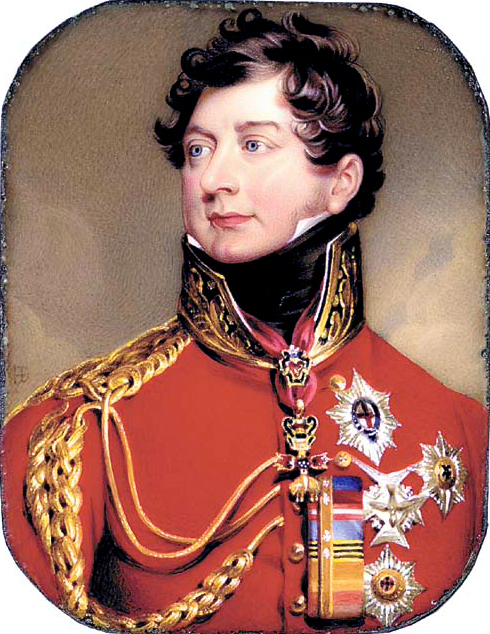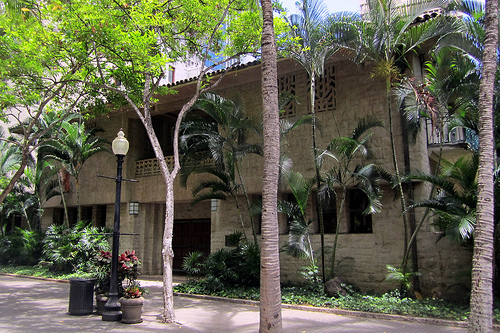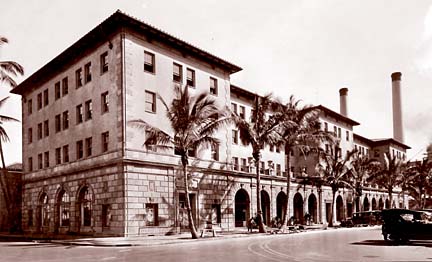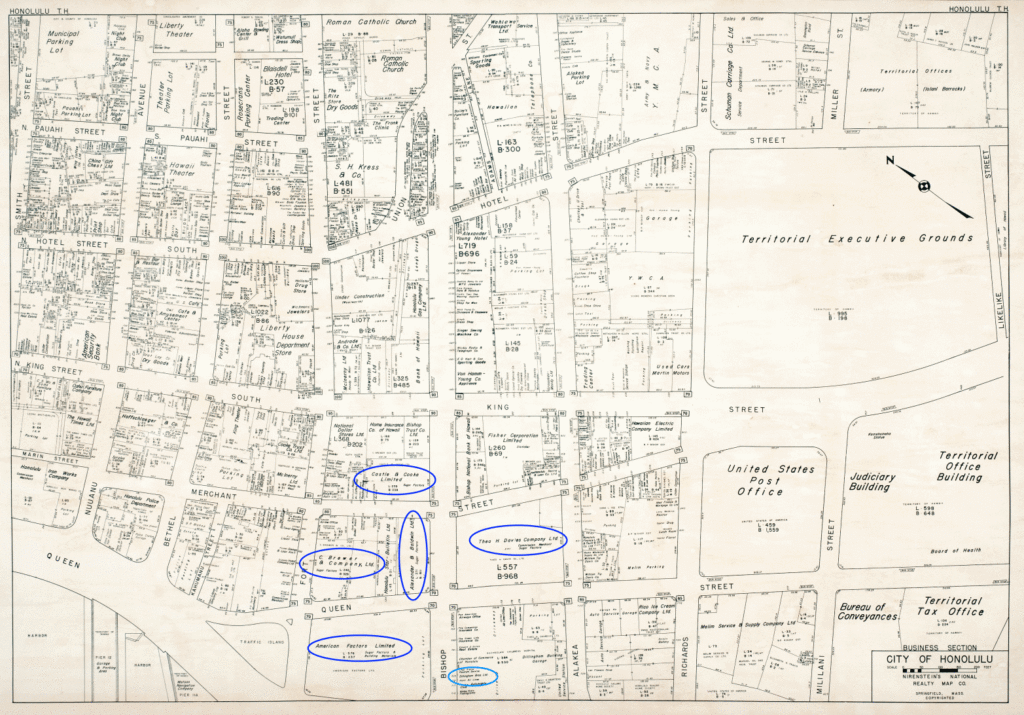Edward LaVaun Clissold was born in Salt Lake City April 11, 1898. He grew up in Salt Lake City and attended East High School. After high school he received at least some education from the University of Utah. World War I apparently cut short his education.
Clissold served in the Navy along with his brother Albert aboard the battleship USS Arkansas in the Atlantic. Returning from the Navy at age 22, he married Irene Picknell.
While still barely a newlywed, he made a monumental decision that would affect the rest of his life. At age 23, a war veteran, a husband and soon to be father, he chose to serve a Mormon mission in a time when only a few served missions.
As a brand new missionary, he sailed for Hawaii on the S.S. Manoa alone. When he arrived in Honolulu a week later on July 27, 1921, there was no one to meet him.
He sat alone with his trunk on the dock not knowing what he should do next. A baggage man approached him, asking if he were a Mormon Missionary. He replied yes and asked how he knew.
The man replied “Well, we have a forlorn-looking group come in here every once in awhile. I take their baggage up to the mission home.” And so the baggage man took Elder Clissold to the mission home.
Elder Clissold was assigned to the Oahu Conference (zone) and two months later to Laie where he would serve from August to November of 1921. The Temple in Laie, which was less than two years old.
He left on November 15, 1921 for Kona (Big Island) where he would spend the next 13 months. It was there that he learned to speak Hawaiian.
Elder Clissold spent the remainder of his mission in the Honolulu area, serving in leadership positions for the Sunday Schools, as was often the practice for missionaries in those days.
Clissold returned to Salt Lake City in 1924 following his mission. When he returned home to his wife, he met a two-and-a-half year old daughter he had never seen before.
Clissold started working for American Savings in Salt Lake City; they wanted to open a branch in Honolulu and Clissold was offered the job of running the Honolulu Branch.
Clissold arrived in Hawaii in January 1925, with Irene following a few months later. In August of 1926 he moved to State Savings and remained there until 1970.
During the 1920s and 30s, he was involved with the Lions Club; in addition to his other responsibilities, becoming the president at age 33 and District President at age 42.
Associated with his business activities at the time was his desire to learn to speak Japanese. He had observed that approximately half of Hawai‘i’s population at the time was first and second generation Japanese.
He thought it made good business sense to learn their language and hired a tutor to teach him the language from 1926-34. His Japanese apparently was not as good as his Hawaiian.
However, the fact that a haole businessman could speak both Hawaiian and Japanese was most unusual, and earned him respect from the speakers of these languages. Additionally, the Clissold children attended the Makiki Japanese School from 1934 to 1936.
Ten years after he moved to Honolulu, the Oahu Stake was created, and Clissold was called as 1st counselor to Stake President and served as such for 9-years. In 1936, Clissold became the Hawai‘i Temple President; he served as the president until 1938.
Clissold resumed his association with Navy in 1936 by joining the Navy reserve as a Lieutenant. He soon went on a shakedown cruise to the South Pacific on the destroyer USS Maori, DD-401. Then came war.
1942 found him serving as the Hawai‘i Temple President again due to the departure of the former president and the lack of replacements to serve because of the war.
At the same time, he became the acting president of the Japanese Mission. It was during this time that the mission name was changed to the Central Pacific Mission.
In 1943 the war finally carried him away from Hawai‘i as he was sent to the Mainland, first to Charlottesville, Virginia and then to the University of Chicago, to teach the US occupational forces who were preparing for post-war Japan.
His military service overseas saw him participating in the military government in Philippines, Okinawa and Japan. While in Japan, he surveyed the situation in anticipation for reopening missionary work there. He finally returned home to Hawai‘i in 1946.
He became the Oahu Stake President, from 1951 until 1963; his responsibilities included forming a school, the Church College of Hawai‘i (now known as Brigham Young University – Hawaii), which opened in 1955.
In addition, Clissold became the manager and then chairman of Zions Securities (now known as of Hawai‘i Reserves) during the years 1953 to 1970. He also served on the Hawaiian Homes Commission from 1954 to 1958.
Simultaneous with these activities, he was also laying out the foundation of what would become the Polynesian Cultural Center (PCC). (It opened on October 12, 1963.) He served a third term as Hawai‘i Temple President from 1962 to 1965.
Clissold’s personality has been described by himself and numerous others as quiet, humble, private, self-effacing, with a tendency to detail. He held an unprecedented number of callings and responsibilities, simultaneously.
Because of his multiple responsibilities, he has been referred to as ‘Mr. Everything,’ or in the words of one Hawaiian man, ‘the second most powerful man in the Church’ (Church President David O. McKay being the single most powerful). (All here is from a summary by Brian O’Brien)







































